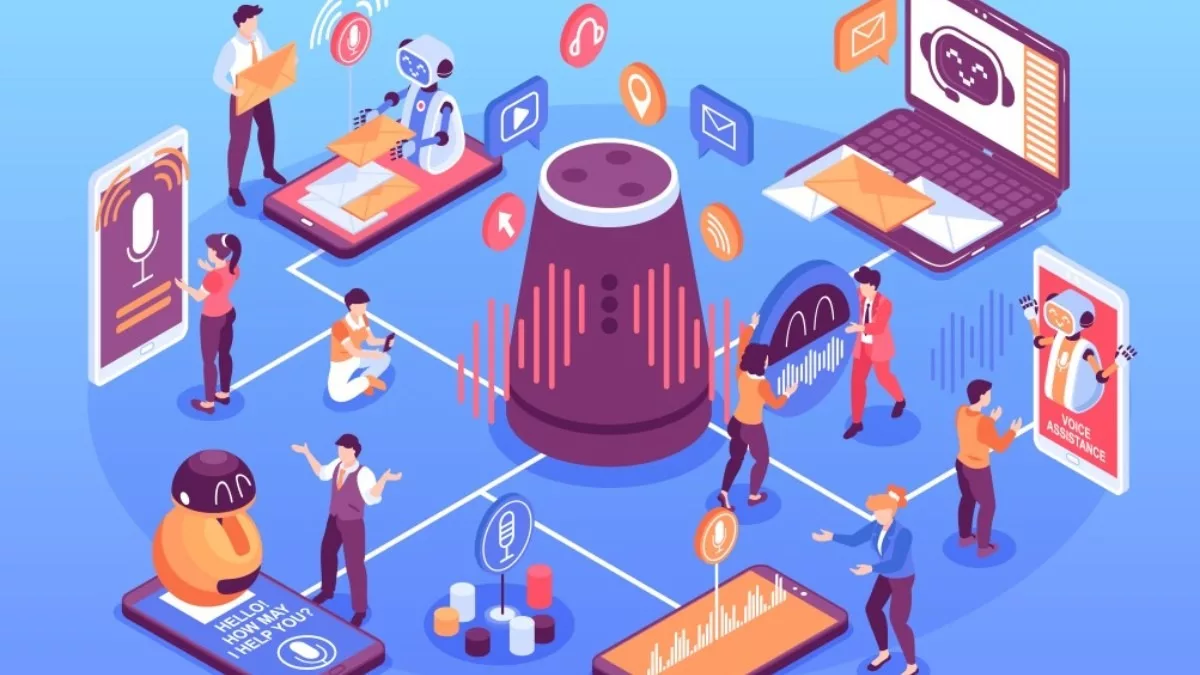Generative AI, like ChatGPT, revolutionises public sector functions. Its potential $1.75 trillion annual gains by 2033. Five key opportunities identified for policy, service, and regulatory enhancements.

How Generative AI can transform Public Sector
Generative AI, particularly powered by Large Language Models(LLM) like ChatGPT, is reshaping knowledge work across various domains. In the public sector, where its impact could be profound, understanding and strategically implementing Generative AI is crucial. GenAI, capable of creating diverse content, offers a disruptive force in public administration, revolutionising decision-making and policy implementation. What is AI Alliance and Why IBM, Meta, Dell, NASA and Others 50 Launched it
The public sector is in the early stages of experimenting with Generative AI, facing challenges related to accuracy, security, privacy, bias, and intellectual property. However, the potential benefits are immense, with estimated productivity gains valued at $1.75 trillion annually for governments globally by 2033.
App Store for AI: What is the Chat GPT Store? How can you earn money?
5 important aspects on How Generative AI can transform Public Sector for driving productivity and impact
Generative artificial intelligence (GenAI) can enable the public sector to improve productivity and service quality. BCG estimates the productivity value of GenAI at $1.75 trillion annually across national, state or provincial, and local governments. Read here BGC report on Generative AI for the Public Sector: From Opportunities to Value.
Must Read: AI Images consume as much energy as charging your smartphone
Five distinctive opportunities for government adoption of Generative AI:
Policy and Programs: Generative AI enhanced policy and program design by rapidly synthesising vast amounts of data, facilitating better problem analysis, research, and stakeholder engagement. It streamlines the design of effective policies, allowing for more informed decision-making.
Service Delivery and Operations: Improving accessibility and quality of public services, GenAI optimises resource allocation, reduces risks, and enhances operational efficiency. It empowers governments to continually refine their service delivery mechanisms.
Support Functions: GenAI contributes to the efficiency of support functions and shared services, reducing overheads and enhancing the overall staff experience within the public sector.
Regulators: Regulatory compliance is streamlined through GenAI, ensuring integrity, reducing monitoring costs, and simplifying administration for citizens and businesses. Compliance becomes more accessible for all stakeholders.
Central Agencies: Whole-of-government strategies benefit from GenAI, aiding in the development, implementation, and optimization of policies and standards. Funding and resource allocation are optimised for achieving government objectives.
The estimated productivity gains signify a substantial positive impact, although the article acknowledges the nuanced effect on public sector jobs. While some roles may experience efficiency-related changes, most governments aim to reinvest these gains in addressing citizen needs and higher-value activities.
As GenAI continues to evolve, its integration into public administration holds the promise of transforming governance, improving service delivery, and fostering innovation across various sectors, ultimately leading to a more efficient and responsive public sector.
Must Read: Grok AI vs OpenAI ChatGPT vs Google Bard: Check Key Differences Here
This post was last modified on December 6, 2023 5:28 pm
What is digital arrest, and why is it becoming critical in today’s cybercrime-ridden world? This…
AI in Cybersecurity segment: AI has the potential to revolutionize cybersecurity with its ability to…
Explore the best AI security solutions of 2025 designed to protect against modern cyber threats.…
Autonomous agent layers are self-governing AI programs capable of sensing their environment, making decisions, and…
Artificial Intelligence is transforming the cryptocurrency industry by enhancing security, improving predictive analytics, and enabling…
In 2025, Earkick stands out as the best mental health AI chatbot. Offering free, real-time…